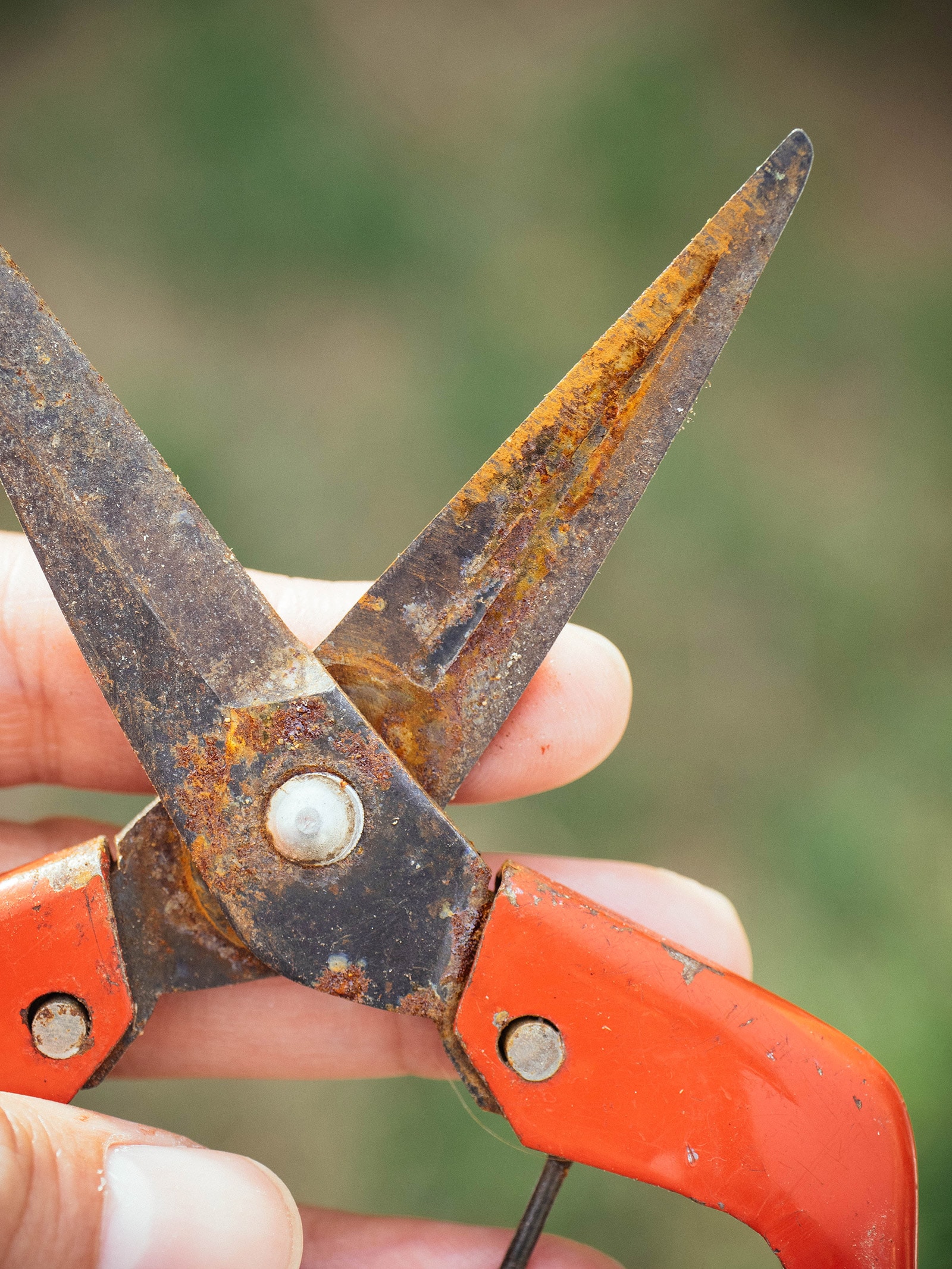Introduction
Rusted garden tools can be frustrating to work with and can shorten the lifespan of your essential gardening equipment. Cleaning rust from garden tools not only restores their functionality but also prevents further damage and improves your gardening experience. In this article, you’ll learn expert-approved methods to clean rusted garden tools effectively, maintain their condition, and extend their durability.
Why Cleaning Rusted Garden Tools is Essential
Rust weakens metal tools, making them brittle and less efficient. When garden tools are rusty, they cut poorly, require more effort, and can even damage plants. Regular cleaning and maintenance prevent rust buildup, saving you money and ensuring your tools perform optimally. Experts emphasize that maintaining your tools after each use is the best way to avoid rust formation.
Common Methods to Clean Rusted Garden Tools
1. Manual Scrubbing with Wire Brush or Steel Wool
- Tools needed: Wire brush, steel wool, sandpaper, gloves
- Process: Start by removing loose rust with a wire brush or steel wool. For stubborn rust, sandpaper can smooth the surface.
- Tips: Use firm pressure and scrub in circular motions. Always wear gloves to protect your hands.
2. Using White Vinegar for Soaking
- Why vinegar? The acetic acid in white vinegar dissolves rust effectively.
- How to: Submerge the rusty parts of your tools in white vinegar for 8-12 hours.
- Aftercare: Remove tools, scrub off loosened rust with a brush, rinse with water, and dry thoroughly.
3. Baking Soda Paste Application
- Method: Make a paste from baking soda and water.
- Application: Apply it on rusted areas and let it sit for 15-20 minutes.
- Cleaning: Scrub with a brush or steel wool, then rinse and dry.
4. Commercial Rust Removers
- Use: Follow product instructions carefully.
- Advantage: Fast and effective for severe rust.
- Caution: Use protective gear and ensure good ventilation.
Preventing Rust on Garden Tools: Maintenance Tips
Proper Cleaning After Each Use
Remove soil and moisture from tools immediately after gardening. Dry tools thoroughly to prevent rust formation.
Application of Protective Coatings
- Oil the tools: Use mineral oil or specialized tool oil to coat metal parts.
- Wax coating: A thin layer of paste wax can add a moisture barrier.
Storage Recommendations
Store tools in a dry, sheltered place. Hanging tools or placing them on racks improves air circulation and reduces rust risk.
Expert Insights and Real-World Benefits
Professional gardeners stress that maintaining clean tools can improve plant health by preventing disease spread. According to a study published in the Journal of Horticultural Science, rust-free tools require less effort and increase gardening efficiency by up to 20%. Regular rust cleaning also prevents costly tool replacements.
Conclusion
Cleaning rusted garden tools is a straightforward process that preserves your investment and enhances gardening performance. Whether you choose manual scrubbing, vinegar soaking, or commercial removers, the key is prompt action and consistent maintenance. Remember, protecting your tools with proper cleaning, oiling, and storage habits can save you time and money while keeping your garden thriving. Start caring for your tools today and enjoy a smoother gardening experience tomorrow!
